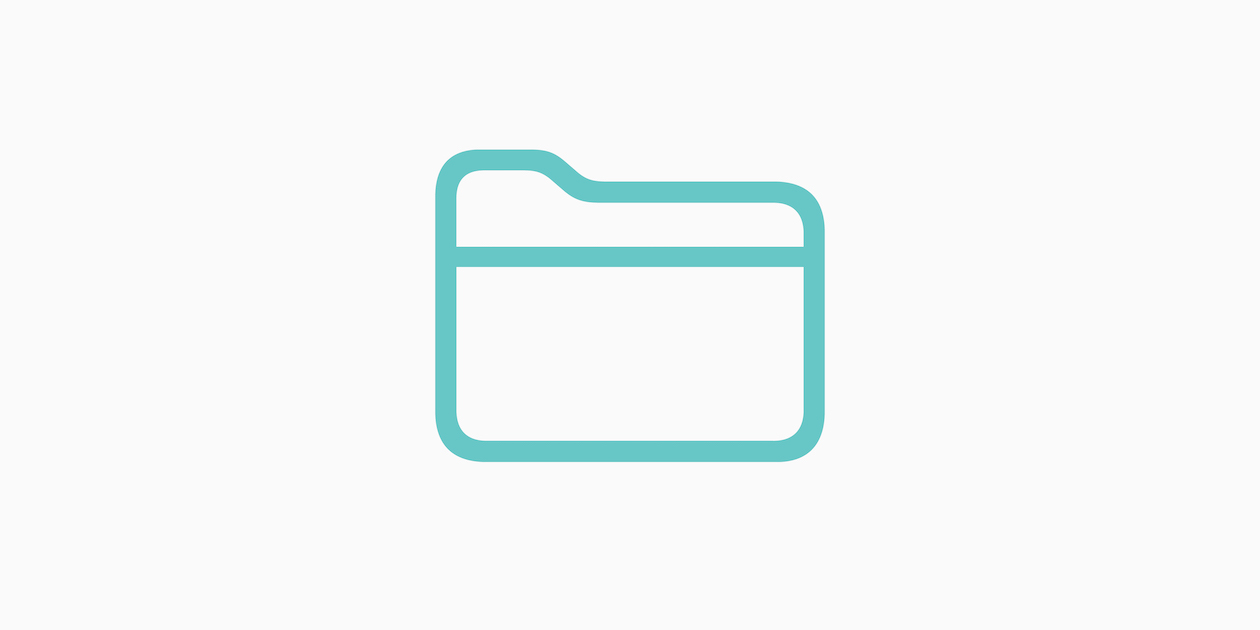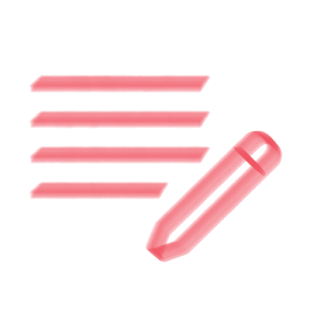Learning Objectives
Students will:
- Explore the artistic possibilities of using music and soundtracks to enhance moving images.
- Develop musical ideas—such as setting mood—by improvising, combining, and manipulating pre-recorded loops.
- Build creative confidence and take ownership of their artistic process.
Why This Matters
Music plays a powerful role in shaping how we experience film. The same scene can feel suspenseful, humorous, or dramatic depending on the soundtrack. Giving students the chance to score their own video clips empowers them with full creative control—and it’s also a fun and engaging way to explore sound design!
Preparation Steps
- Divide students into teams of 2–3.
- Each team records and edits a short movie scene using iPhones or iPads.
- The teacher introduces key GarageBand features, especially loops (pre-recorded musical patterns), and demonstrates how to combine them to create a soundtrack.
- Students analyze the tone of their video—Is it dramatic? Comedic? Suspenseful?—to guide their music choices.
Step-by-Step Instructions for Students
1.Open GarageBand on your Mac.
2.Select File > New, then choose Empty Project.
3.In the prompt that appears, select the microphone icon (Mic or Line).
(Tip: For a cleaner workspace, uncheck Count In, Metronome, Smart Controls, and Library as shown below)4.Drag your video file into the main workspace. A filmstrip thumbnail will appear above the audio tracks.
5.Click the Loops Browser icon in the top-right corner.6.Start exploring loops by Instrument, Genre, or Descriptors. When you find one that fits your scene, drag it into the workspace.
7. Add multiple loops to build your soundtrack. Layer sounds to match the mood of your video. 8. Adjust your composition by: o Changing volume levels o Trimming or extending loops by dragging their right edges9. Once satisfied with the results, go to File > Movie > Export Audio to Movie to finalize your project.
This project is a fantastic introduction to music production, sound design, and storytelling. Students love seeing (and hearing!) how their creativity transforms their video. Give it a try—your class will be hooked!
















June 30, 2025 . English
English
Absolutely! sound design is so important to a movie or to any audio or video media. Thanks for outlining it so clearly here and for including the GarageBand step-by-steps. Yes! - students will really enjoy this lesson and be able to apply it to any audio creation they design via Mac.
This action is unavailable while under moderation.
This action is unavailable while under moderation.